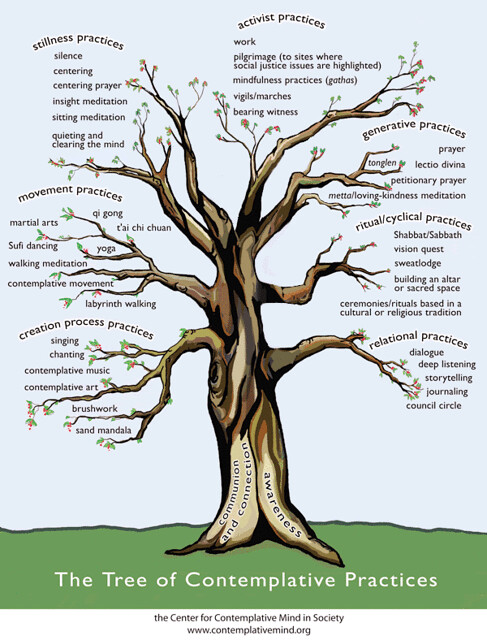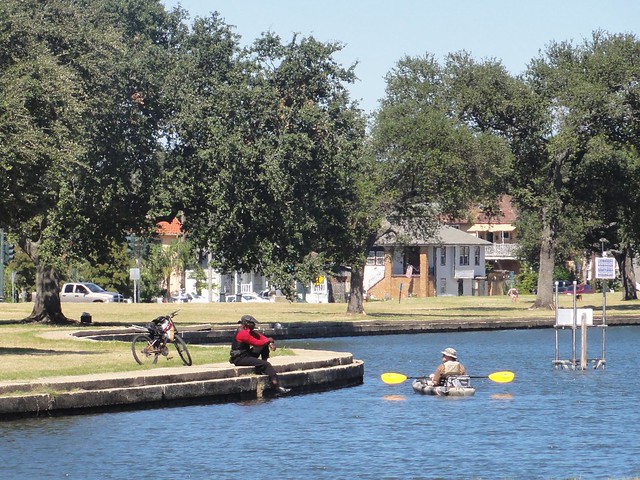I work at an HBCU. That acronym is not recognized by my spellchecker, nor was it in my vocabulary until I came to work here. It stands for “Historically Black College or University,” a term which requires even more unpacking.
In a nutshell, the story is this. Once upon a time in America, people of color had virtually no educational opportunities. Even after slavery was abolished, institutions of learning were for white people only, and remained so for generations, especially in the American South. And so eventually HBCUs were established, and over a hundred are still operating today.
Like me, most Americans don’t know about HBCUs, their role in our history, or their continued relevance. To understand this, you have to come to terms with certain painful aspects of our history, which seem to be subject to a peculiar and selective cultural amnesia. Sometimes we’d rather forget about slavery and its legacy. Or perhaps we’d like to pretend that’s all well behind us, old dead history of purely academic interest. Such a view relegates HBCUs to the status of relics, anachronisms, survivals of a bygone age. The truth is that while we’ve made progress we are still living that history, and racial disparities are still significant. HBCUs still have a role to play. I’ve been learning about all this, and more, on the job.
Book Club
I work in faculty development. It’s part of my job to think and grow together with the people who are actually in the classroom teaching.
One avenue to that end is our Fall Faculty Book Club, which has been running for several years now. This time around, we are reading How Black Colleges Empower Black Students, an anthology edited by Frank Hale Jr. The response has been phenomenal. We had so many faculty wanting to participate that we had to split into two groups.
As I read through the very first essay, “HBCUs in the Old South and the New South,” by Samuel DuBois Cook, I learned a lot. I did not know, for example, that HBCUs were at the forefront of the movement toward diversity and inclusion. Most modern educational institutions now embrace these values — or at least pay them lip service. But in the Old South, this was a radical commitment that went against the grain of the dominant culture, and there were consequences. I’ll cite just one instance: The state of Georgia cut off funding to Atlanta University because they had accepted some white students. Read that again if you have to. Atlanta University had been established as an HBCU, and the idea that white students would be attending classes and rubbing elbows with Black students was unacceptable to the establishment. The university administration held their ground and lost state funding. This was in 1885. The university survives to this day, in the form of Clark Atlanta, but it could not have been easy. This is a dramatic illustration of a general principle. HBCUs have always been inclusive and multiracial, long before the contemporary notion of diversity became popular.
Sacred Work
The religious themes in this essay were also striking. These are by no means incidental, as the very first HBCUs were private institutions founded by religious groups. As Dr. Cook notes at the outset,
It was neither accidental nor an experience of minor and fleeting importance and relevance that virtually all of the educational institutions founded to educate freedmen were church-related. Indeed, the church-relatedness of their origin was of overwhelming and enduring significance, meaning, and value. Involved were a theological worldview, formal commitment to the fatherhood of God and the brotherhood of man, and a belief — however insufficient — that ex-slaves and their descendants were human persons endowed by God with intrinsic dignity, value, and worth and were equal in God’s sight.
Furthermore, Dr. Cook refers to the founding and operation of these institutions as “sacred work.” He writes of teaching as a “sacred commitment,” a “divine art and enterprise.” That language gave me pause.
I work at an institution which is not only “church-related” but which was founded by a saint, now canonized by the Roman Catholic Church. The cornerstone of the oldest building here, dedicated in 1932 and built with Indiana limestone, bears this inscription:
God’s greatest work on earth is man.
Man’s master art is the leading of man to God.
Teaching is surely one of those arts that can lead “man to God.” I’ll leave aside my reservations about theological doctrine for the moment, though they are many. As I read Dr. Cook’s essay, I realized that one doesn’t have to be Catholic to participate in this “sacred work.” One doesn’t even have to be Christian. One doesn’t even have to be a theist.
So, in a very real way, I might assert that my job is my religion. Or at least a part of it.
Discussion Group
As I mentioned, interest in this book was so high we had to split into two discussion groups, with my boss facilitating one while I took the other. We had our first meeting on Monday.
In aiming to foster a good discussion, I drew upon a key lesson from last year’s book club selection, The Heart of Higher Education by Parker Palmer and Arthur Zajonc: Start with a story.
We began by going around the table, introducing ourselves, and telling a bit of our story. “Tell us how you got here,” I said. “Tell us the story of why you are here, both on this campus generally and in this particular room. Tell us how you came to be at this HBCU, and also why you wanted to be here reading this book about HBCUs.”
I began with my own story, in order to model the sort of openness I wanted to hear from the others. I won’t repeat that in detail here, as I’ve written about all this before: How my grandfather was a Klansman, how I went to high school with Klansmen. Despite growing up north of the Mason-Dixon line, I grew up in a virtually monocultural suburb where Black people were rarely seen. My point was that the very notion of an HBCU was completely off my radar. I never heard of such a thing until I was searching for a job back in ’99.
Though I’ve picked up some bits and pieces over the past twelve years, I never got a formal orientation to HBCUs, what they represent, and what it means to work at one. Furthermore, my department is responsible for orienting new faculty each year. So by reading this book, I’m hoping to deepen my understanding, to finally get that orientation, and learn how to orient others.
Around the Table
As we went around the table, a couple interesting things happened. First, people really did open up. The stories people told were heartfelt, candid, and emotional. Second, I experienced a sense of humility and honor and interconnection and respect that seemed quite profound — and I’m certain I was not alone in this. I felt some intangible essence reflected back to me from the face of each participant.
I was reminded that dialog can be a spiritual practice.
On my door to my office I have posted a copy of the Tree of Contemplative Practices. After the meeting was over, I consulted it.
 Sure enough, listed under relational practices one finds dialog, deep listening, and storytelling.
Sure enough, listed under relational practices one finds dialog, deep listening, and storytelling.
How does it work? Just off the cuff, my impression is that when you really open up to dialog you become part of something bigger than yourself. Sitting in that room, listening to my colleagues and co-workers, we became more than just ten individuals around a table. Some sense of shared purpose and identity began to emerge, however tenuous, however briefly. Most every spiritual path seems to acknowledge the idea of being a part of a larger whole.
We had that sense of expanded context doubly Monday, as we experienced a communion of sorts with one another, and also felt our sense of shared mission within the larger scope of history.
Context is everything.
Tangents & Footnotes: In the process of writing this I discovered the Spirituality & Practice website, which appears to be a great resource. For example, check out the section on listening as a spiritual practice, and make sure to use the listed links for related quotations, books, films, art and much, much more.
I am trying to keep these posts under a thousand words. Trying, and failing.

[…] b.rox Pronounce the dot. « Context Clues […]